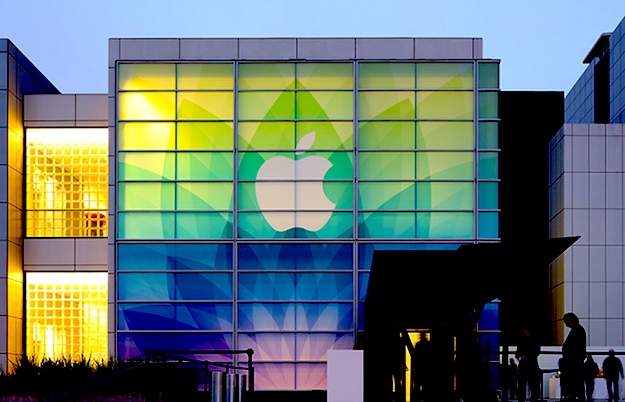Earlier this week, Apple announced a number of new products, including a brand new 21.5-inch iMac with a 4K Retina Display and a refreshed 27-inch iMac with 5K display. On the accessories side of the equation, Apple unveiled a new Magic Keyboard, Magic Mouse, and Magic Trackpad.
While today’s announcements weren’t interesting enough to warrant their own media event, don’t be fooled into thinking that Apple’s famed attention to detail is only evident on its line of successful mobile products.
On the contrary, Steven Levy’s recent visit to one of Apple’s top-secret design labs shows that even a product as seemingly inconsequential as the mouse is designed with the utmost care and consideration to even the most minute of details.
DON’T MISS: iPhone 6s Plus vs. Galaxy Note 5: Real world performance test (it’s not even close)
During the course of testing the recently unveiled Magic Mouse 2, Apple engineers noticed that the mouse sounded a tad different (read: unpleasant) than its predecessor. While other companies may have ignored such a seemingly insignificant detail, Apple engineers were focused on getting to the root of the problem.
The mouse just didn’t sound right, Levy was told, and Apple spent a lot of time to get things just right, including subjecting the mouse to a custom high-tech machine capable of measuring how friction on the device is affected by different surfaces.
Ultimately, Apple was able to pinpoint the root of the problem by placing it in an ultra-soundproof chamber.
The culprit appeared to be the little polycarbonate runners on the bottom of the mouse. “We changed the foot architecture,” says [Kate]Bergeron, Apple’s VP for Ecosystem Products and Technologies. (Translation: you pound on her keyboards.) “And it changed the friction characteristics of the sound.”
“When we did the previous mouse we spent so much time dialing those feet, the material, the geometry, everything, so that it sounds good and feels good when you move it on the table,” says [John] Ternus, whose title is VP for Mac, iPad, Ecosystem and Audio Engineering. “But then you change the mass of the product and you change the resonant frequency of the product and all of a sudden the feet that we loved weren’t great anymore. They weren’t what we wanted.”
“A less-than-perfect noise isn’t a product killer, or even an official bug,” Levy points out. “Nonetheless, Apple’s engineers were determined to make sure the new iMac’s Magic Mouse 2 made a better sound as it glided across the desktop.”
This, of course, is just one example of many which underscores Apple’s unwavering dedication to creating a delightful user experience. Make sure to hit the source link below for even more examples which highlight the work that went into releasing Apple’s most recently refreshed products. From the keys on the new Magic Keyboard to the new and improved displays on the iMacs, Apple leaves no design detail to chance.




